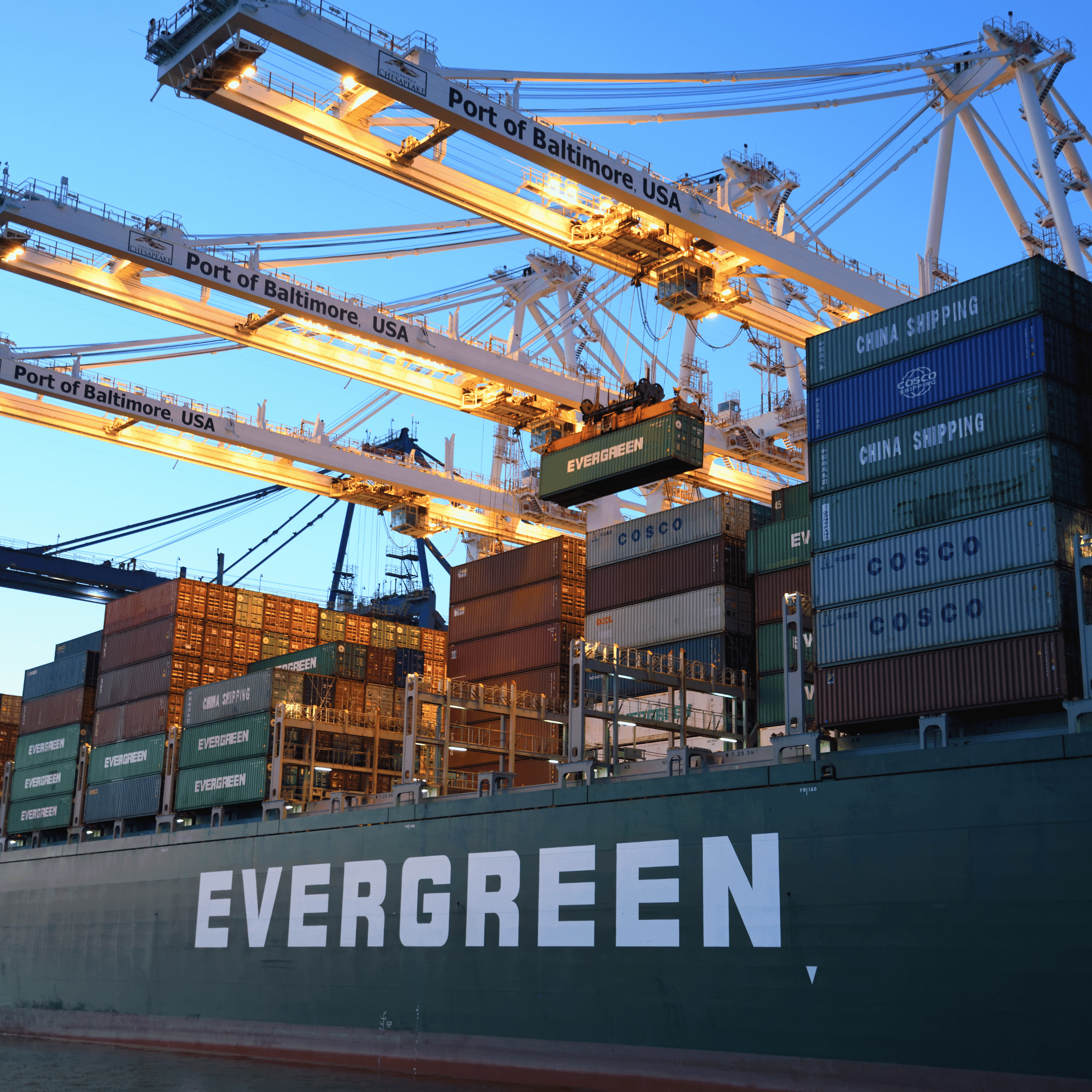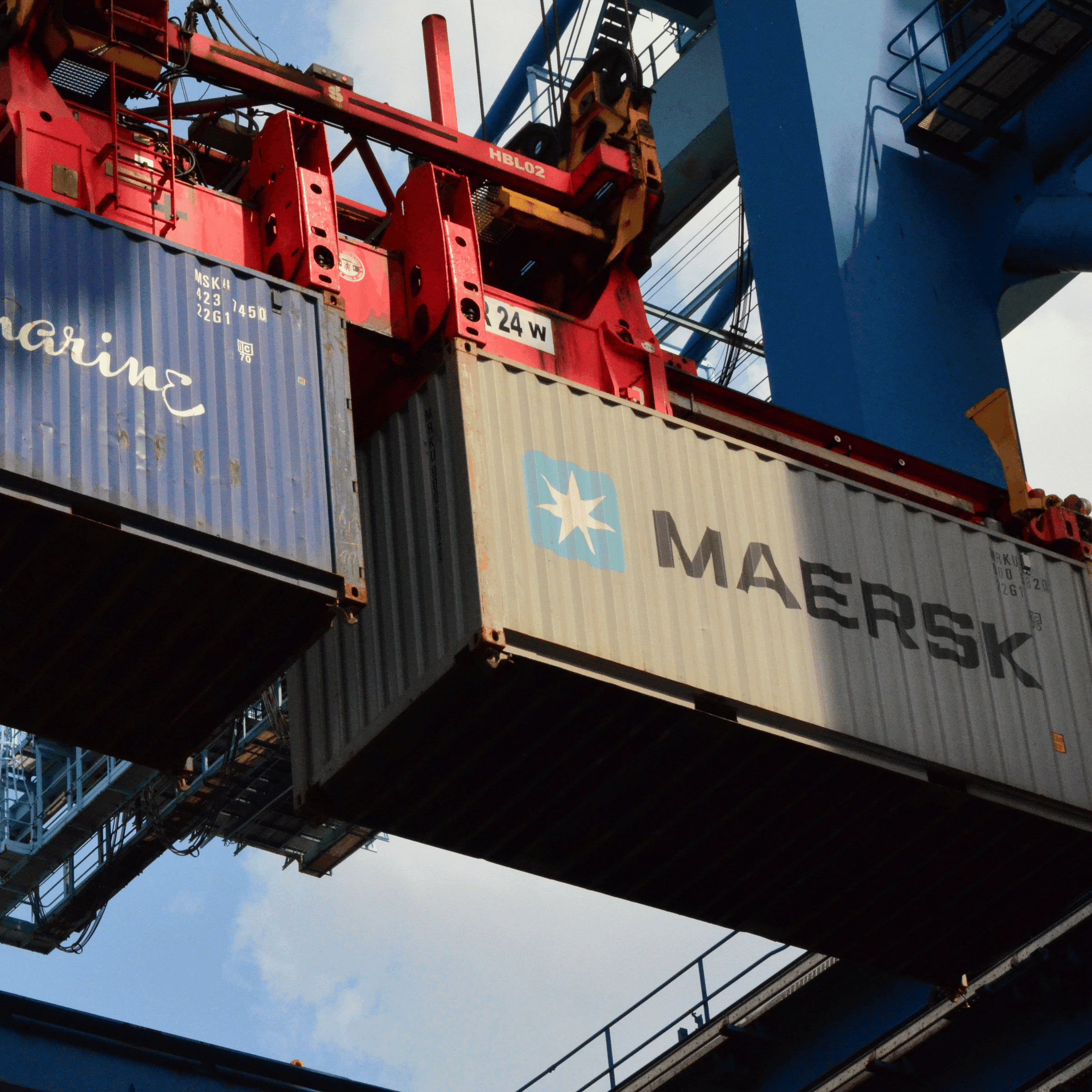Zone skipping is a shipping strategy increasingly employed by businesses in their logistics operations. At its core, it involves consolidating parcel or freight loads based on regional destinations, bypassing intermediary shipping zones to save on time and costs. With the rise in e-commerce and globalized supply chains, the need for efficient shipping methods has never been higher. Let’s delve deeper into zone skipping, how it works, and why it has become such an effective strategy.
What is Zone Skipping?
In shipping and logistics, destinations are often divided into different “zones.” These zones are typically established by carriers and can be based on geographical areas, postal codes, or specific regions. The farther a package has to travel, the more zones it crosses, and typically the higher the cost.
Zone skipping, as the name suggests, allows shippers to “skip” certain zones. Instead of shipping parcels individually through each zone from the origin to the destination, shippers consolidate shipments going to the same region and move them in bulk to a point closer to the destination. Once at this closer point, the shipments are deconsolidated and then sent to their individual destinations.
How Does Zone Skipping Work?
Consolidation at Origin: Shipments bound for the same region are grouped together at the origin point.
Bulk Transportation: This consolidated load is then shipped, bypassing several intermediary zones. This can be done using a variety of transportation methods, whether by truck, air, or rail.
Deconsolidation Near Destination: Once the consolidated shipment reaches a hub or point closer to its final destination, it’s broken down into individual parcels.
Final Mile Delivery: These individual parcels are then dispatched for delivery using local carriers or the final leg of their journey.
Why is Zone Skipping Effective?
Cost Savings: By consolidating shipments and moving them in bulk, shippers can often achieve economies of scale, thereby reducing the per-parcel shipping cost. Skipping zones often means that the shipment can avoid higher fees associated with multiple zone transits.
Reduced Transit Time: Because shipments are not passing through every individual zone and avoiding potential stops and delays, they often reach their destination more quickly.
Enhanced Predictability: When shipments move in bulk, there’s better control over the transit process, leading to fewer delays and more predictable delivery times.
Fewer Handoffs: Reducing the number of touchpoints (or handoffs) for a parcel often means there’s a lower chance of it being lost or damaged in transit.
Customization and Flexibility: Shippers can customize their logistics strategy, selecting which zones to skip based on the volume of shipments, destination concentration, and carrier capabilities. This flexibility can lead to more optimized shipping routes and strategies.
Environmental Benefits: By reducing the number of vehicles needed to transport individual parcels across each zone, there’s potential for a reduction in carbon emissions, leading to a greener supply chain.
Challenges and Considerations
While zone skipping offers many benefits, it’s not without its challenges:
Volume Requirement
For zone skipping to be cost-effective, there often needs to be a significant volume of shipments going to the same region.
Complexity
The process requires effective management of consolidation and deconsolidation points, ensuring smooth operations at both ends of the journey.
Carrier Partnerships
Not all carriers offer zone skipping, so shippers need to form partnerships with those that do.
Conclusion
Zone skipping in logistics has emerged as a powerful strategy for businesses looking to optimize their shipping operations. By consolidating shipments and bypassing intermediary zones, shippers can realize significant cost savings, reduced transit times, and other operational benefits. As with any logistics strategy, it’s essential to weigh the pros and cons and consider the specific needs of the business. However, with the ever-growing demands of the global marketplace, strategies like zone skipping will continue to be invaluable tools in the world of logistics.






